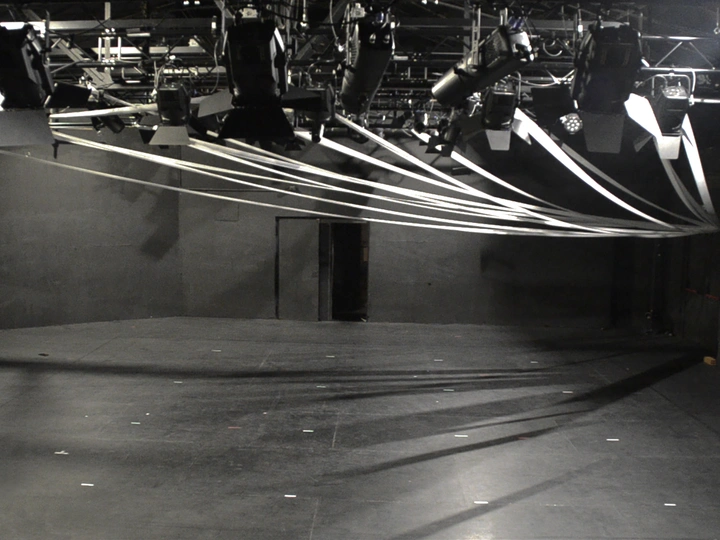ANYTHING TO GET OUT OF HERE

Nahia Urretagoiena Kortadi (1998, Donostia–San Sebastián) studied classical and contemporary dance since she was a child. At eighteen, she moved to Madrid to study at the Escuela Técnica Superior de Arquitectura, bringing with her Basque cultural influences and openness to what the capital offered.
Her architectural training transformed how she perceives and imagines her environment. Her work draws on art, architecture, and urban history; multi-scale drawings; model-making with varied materials and techniques; and understanding the physical properties of structures.
Connected to her roots, she studied the Basque school of sculpture, focusing on Eduardo Chillida and Jorge Oteiza, both influential in architecture. She completed her Bachelor's in Fundamentals of Architecture with a thesis on the "frontón" as socio-cultural public spaces: "Del suelo al cielo: El frontón como hueco habitado".
In 2024, she completed her Master of Architecture at ETSAM and chose to combine architecture with creative personal development, exploring space through body movement. She currently works at García-Germán Arquitectos and is part of the contemporary dance company La Colé, directed by Laura Kumin. Through La Colé, she presented her work-in-progress “CON TAL DE SALIR DE AQUI” at Teatro Pradillo in June 2025.
Her work earned First-Class Honours in Architectural Design (2017, 2019), Second Prize in the 2020 Cátedra Cerámica Competition, project exhibition as student of Jesús Aparicio at Matadero Madrid (2021), selection for the “Founded Architecture” workshop at Politecnico di Milano (2022), and First Honourable Mention in the Kurandza Archstorming Competition.
Her interests lie at the intersection of architecture and the visual and performing arts, addressing socio-political issues: promoting architecture that avoids gentrifying vulnerable populations and rehabilitation as a key sustainability strategy to improve users’ quality of life.
To what extent are we individuals, and to what extent part of a greater whole? What is our potential to bring about change?
This project stems from a desire to research space—an exploration which, through guided instructions given to participants, will generate patterns of movement. Its aim is to create rhythmic spaces: an architecture in motion that interacts with the scenography and the physical surroundings of the site, while also delving into pressing social concerns such as alienation and individualism—issues that feel especially present today.
We will map formal variables against the norms of our social interactions, “in order to get out of here”.
Bodies become shifting planes: they wobble, condense into compact masses, dissolve, divide. They are points in vibration, each with its own movement patterns—environments and interlocutors interweaving and drifting, forming and reforming new networks and exchanges.
The piece seeks to provoke, to unsettle, to lay bare the current conditions that concern us—conditions many of us wish to transform. It is a meditation on the imbalance between human beings and the world that sustains them.
The project sets out to explore the intersection between architecture and the performing arts, conceiving architectural space as a site of movement and encounter—where people engage in diverse activities, come together and drift apart, their rhythms stretching and contracting over time. Within this framework, sounds and musics emerge, shaped by the architectural structure that channels these flows, guiding movement in deliberate ways—just as a scenographic landscape influences a dancer’s motion and reshapes their possibilities within the limits of the space.